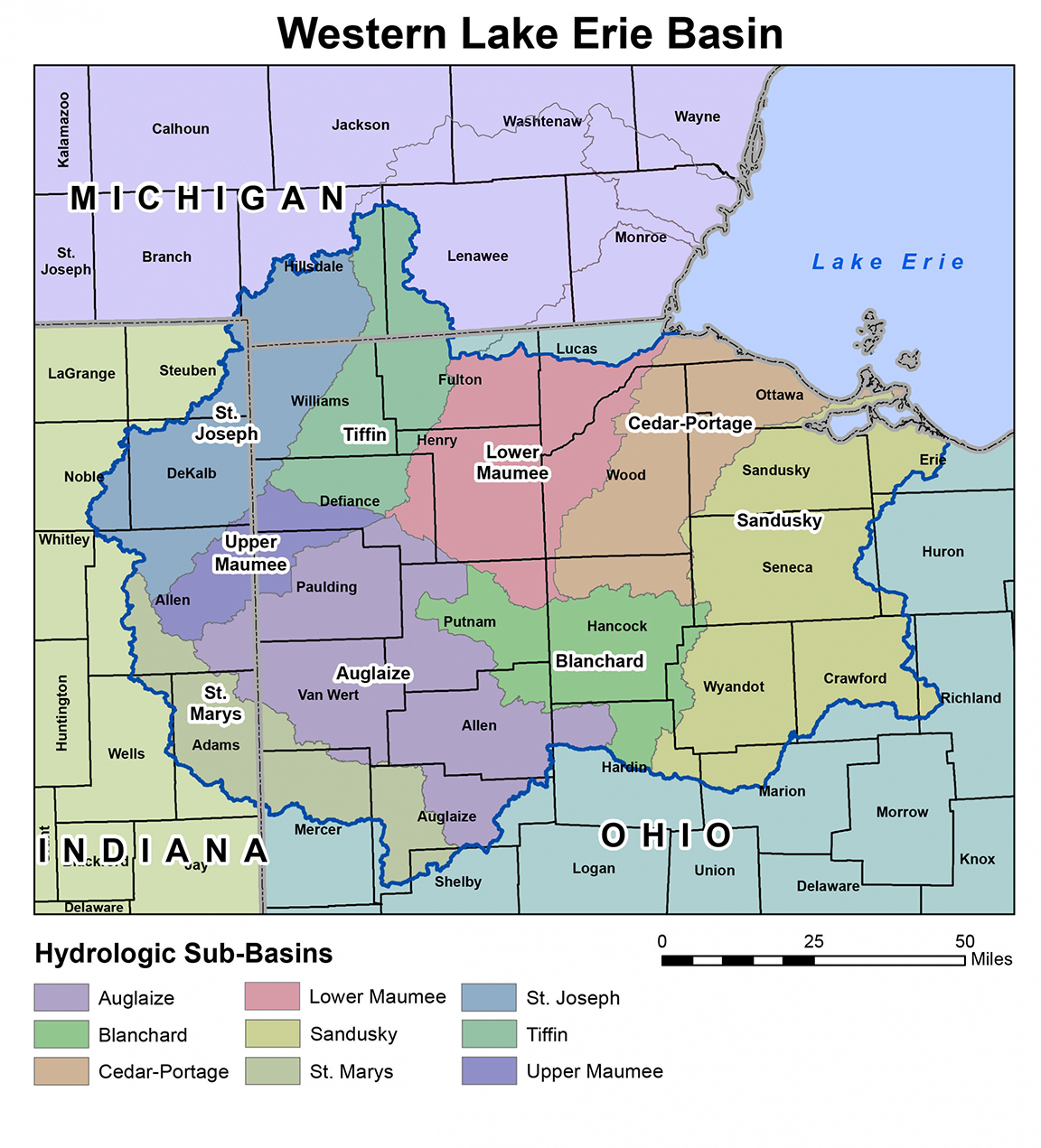Multi-Model Ensemble Approach to Soil Carbon
As explained in a recent blog post on agclimate.net, CTIC, in partnership with Field to Market and others, has launched a new workgroup with representation from across the rapidly expanding climate smart agricultural community to collaborate on the development and use of an appropriate multi-model ensemble (MME) approach to modeling soil carbon. Applying the best available science to this topic will ultimately result in greater accuracy, tighter confidence intervals, and higher payments for producers. Although it is not a target of the workgroup at this time, the same modeling approach will eventually be expanded to include methane and nitrous oxide. The workgroup includes researchers, participants in the emerging agricultural carbon marketplace, policy-makers, foundations, and other relevant stakeholders.
This ensemble approach has ample precedent in modeling other complex processes, such as global climate modeling, weather forecasting, projecting hurricane trajectories, and (perhaps of greatest relevance) predicting crop yields. As demonstrated by the Agricultural Model Intercomparison & Improvement Project (AgMIP), the median of an MME always gives better predictions than any single model. See the references below for more detail on this topic, especially Riggers et al., 2019.
This effort will help ensure that the massive financial resources now being devoted to climate smart agriculture are efficiently deployed in a manner that actually achieves the intended purpose – to deliver the greatest possible climate adaptation and mitigation benefit. The finalized report for Phase 1 is now available, which includes recommendations for proceeding with Phase 2.
References
- Asseng, S., Ewert, F., Martre, P., Roetter, R. P., Lobell, D. B., Cammarano, D., . . . Zhu, Y. (2015). Rising temperatures reduce global wheat production. Nature Climate Change, 5(2):143-147. https://doi.org/10.1038/nclimate2470
- Asseng, S., Ewert, F., Rosenzweig, C., Jones, J. W., Hatfield, J. L., Ruane, A. C., . . . Wolf, J. (2013). Uncertainty in simulating wheat yields under climate change [Refereed]. Nature Climate Change, 3(9):827-832. https://doi.org/10.1038/nclimate1916
- Basso, B., Dumont, B., Maestrini, B., Shcherbak, I., Robertson, G. P., Porter, J. R., P. Smith, K. Paustian, P. R. Grace, S. Asseng, Hatfield, J. L., Jones, J. W., . . . Rosenzweig, C. (2018). Soil Organic Carbon and Nitrogen Feedbacks on Crop Yields under Climate Change, Agricultural & Environmental Letters, 3:180026. https://acsess.onlinelibrary.wiley.com/doi/pdfdirect/10.2134/ael2018.05.0026
- Bassu, S., Brisson, N., Durand, J. L., Boote, K., Lizaso, J., Jones, J. W., . . . Waha, K. (2014). How do various maize crop models vary in their responses to climate change factors? Global Change Biology, 20(7):2301-2320. https://doi.org/10.1111/gcb.12520
- Fleisher, D. H., Condori, B., Quiroz, R., Alva, A., Asseng, S., Barreda, C., . . . Woli, P. (2017). A potato model intercomparison across varying climates and productivity levels. Global Change Biology, 23:1258-1281. https://doi.org/10.1111/gcb.13411
- Gaillard, R.K., Jones, C.D., Ingraham, P., Collier, S., Izaurralde, R.C., Jokela, W., Osterholz, W., Salas, W., Vadas, P. and Ruark, M.D. (2018), Underestimation of N2O emissions in a comparison of the DayCent, DNDC, and EPIC models. Ecol Appl, 28:694-708. https://doi.org/10.1002/eap.1674
- Li, T., Hasegawa, T., Yin, X., Zhu, Y., Boote, K., Adam, M., . . . Bouman, B. (2015). Uncertainties in predicting rice yield by current crop models under a wide range of climatic conditions. Global Change Biology, 21(3):1328-1341. https://doi.org/10.1111/gcb.12758
- Martre, P., Wallach, D., Asseng, S., Ewert, F., Jones, J. W., Rötter, R. P., . . . Wolf, J. (2014). Multimodel ensembles of wheat growth: many models are better than one. Global Change Biology, 21:911-925. https://doi.org/10.1111/gcb.12768
- Martinez-Feria, R., Basso, B. (2020). Predicting soil carbon changes in switchgrass grown on marginal lands under climate change and adaptation strategies GCB Bioenergy 12:742–55. https://doi.org/10.1111/gcbb.12726
- Martinez-Feria R., Basso, B., Kim, S. (2022). Boosting climate change mitigation potential of perennial lignocellulosic crops grown on marginal lands. Environ. Res. Lett. 17:044004. https://doi.org/10.1088/1748-9326/ac541b
- Regrow (2023). Thoughts on allocating IRA funding, an open letter from Regrow, Blog at https://www.regrow.ag/post/implementing-inflation-reduction-act-funding.
- Riggers, C., Poeplau, C., Don, A., Bamminger, C., Höper, H., Dechow, R. (2019). Multi-model ensemble improved the prediction of trends in soil organic carbon stocks in German croplands, Geoderma, 345:17-30. https://doi.org/10.1016/j.geoderma.2019.03.014
- Stöckle, C., Higgins, S., Kemanian, A., Nelson, R., Huggins, D., Marcos, J., Collins, H. (2012). Carbon storage and nitrous oxide emissions of cropping systems in eastern Washington: A simulation study. J. Soil Water Cons, 67(5):365-377. https://doi.org/10.2489/jswc.67.5.365
- Wallach, D., Martre, P., Liu, B., Asseng, S., Ewert, F., Thorburn, P. J., . . . Zhang, Z. (2018). Multimodel ensembles improve predictions of crop-environment-management interactions. Global Change Biology, 24(11):5072-5083. https://doi.org/10.1111/gcb.14411

